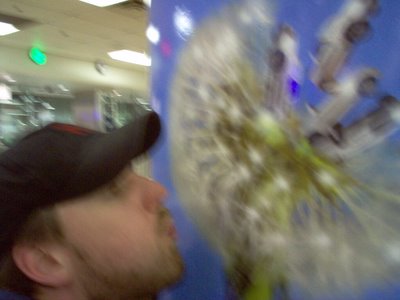CHICAGO -- The Internet has made the world a smaller place, and perhaps no category has felt that impact as much as the travel industry. Some 83% of people who travel are Web savvy compared with 71% of the general public, and by 2010, about nine in 10 travelers will conduct their search and trip planning via the Internet, per Forrester Research, Cambridge, Mass.
Web sites where consumers can read travel journals and reviews of hotels, cruise ships and attractions written by fellow travelers are rapidly gaining popularity. Among them are TripAdvisor.com , IGoUGo.com and TripPost.com.
One of the challenges now facing destination marketers is finding the best ways to mine these online consumer referrals.
"Ad speak and market speak are dead," said Dale Brill, CMO at Visit Florida, the Sunshine State's official tourism unit. "Consumers don't want to hear ad copy. They want to hear first-person from people who are out there."
Visit Florida will give social networking a try in October. The tourism board will unveil video blogs manned by 10 experts, each one covering specific travel interests. St. Petersburg Times outdoors reporter Terry Tomlin, for example, will host a blog covering Florida wildlife. A woman with the handle "Hip Chic" will gush about the Florida social scene and shopping.
Whether or not travelers will relate to Visit Florida as they do to TripAdvisor remains to be seen. "Many of those [consumer-driven] Web sites are seen as an objective third-party, giving other consumers unbiased recommendations," said Laura Ries, president at pr consultancy Ries & Ries, Norcross, Ga. "Certainly Florida should have a site that has info, but they can't expect people will see that as a third-party source."
Visit Florida will break a TV effort this fall, via Fahlgren, Columbus, Ohio, to drive Web traffic and encourage travelers to write blogs and submit their videos. In May, Florida's legislature will appropriate a budget for the state's tourism bureau. Ad spend was $15 million last year, a 67% boost over 2005, per Nielsen Monitor-Plus.
The Las Vegas Convention and Visitors Authority is closely tracking how other destinations embrace social networking and will review their online strategies when the next fiscal year begins in July.
"One element I'm observing in the travel industry is that the actual referral and recommendation from consumer to consumer is very popular and has a lot of strength," said Terry Jicinsky, svp-marketing at LVCVA. "It really adds a degree of credibility to your product offerings. So if destinations can figure out a way to manage that, I think it is very intriguing and does provide a good opportunity."
Among other activations, LVCVA will enhance its Hispanic outreach by launching a Spanish language Web site.
The Hawaii Visitors and Convention Bureau plans to drill deeper into online networks for its fiscal 2008 strategy following an encouraging run with its "My Hawaii" promotion. HVCB asked locals to submit recommendations and photos of their favorite places, which became content on the Web site. Firefly, Honolulu, handles.
"People want to connect with people and get the local perspective on things," said Jay Talwar, svp-marketing at HVCB, which last week broke a campaign that touts the $1 billion worth of renovations being put into Waikiki. "They want that all to be authentic."
(Come as you are: For a PDF list of the top 25 ad spends among tourism and convention bureaus in 2006, click HERE.)
Travel affects us all. Travel teaches us how to relate to one another, and trade helps us build commerce that supports unilaterally.
Thursday, April 26, 2007
Subscribe to:
Post Comments (Atom)
Blog Archive
Other Sites I Enjoy
- Pajamas Media
- iPlot: Technology, Drama, the Market, and I (Tim Leberecht)
- How to Change the World (Guy Kawsaki)
- planetargonautes
- the Long Tail
- Beyond the Brand
- high.tv
- local media network
- The Globe And Mail
- Broadcast Web Ideas
- mtheory entertainment
- broadband enterprises
- Mashable
- ignition partners
- bain capital ventures
- Spark Capital

No comments:
Post a Comment